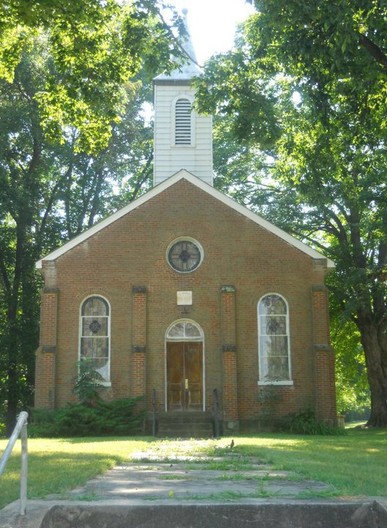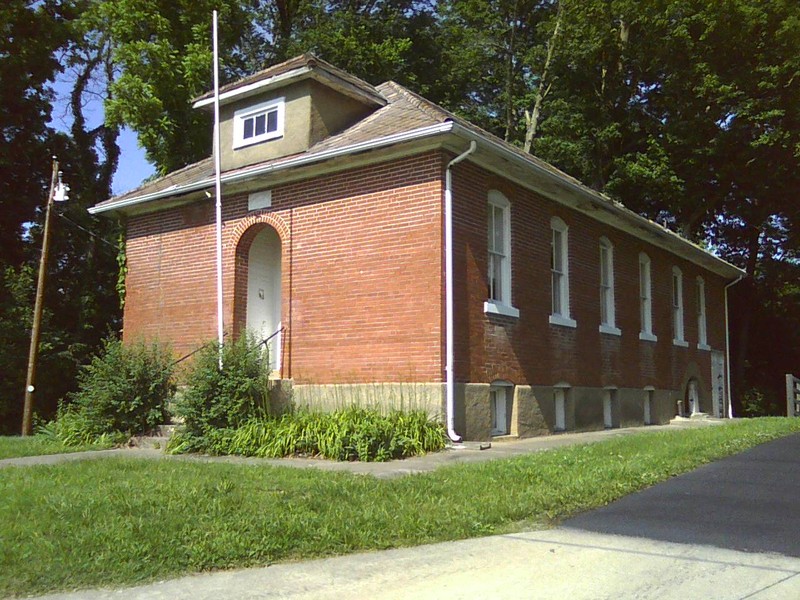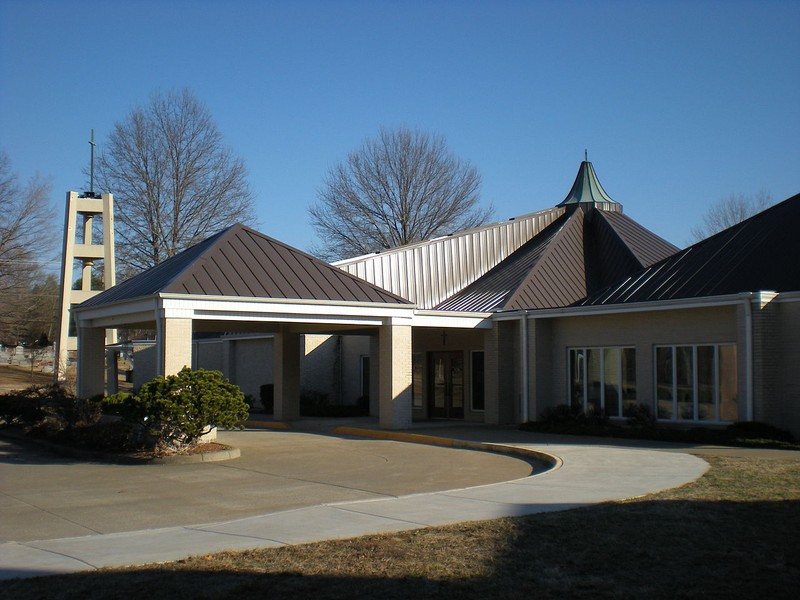Hanover Lutheran Church
Introduction
Text-to-speech Audio
German immigrants established Hanover Lutheran Church in 1846. The property consists of the old 1887 brick church, the 1923 one-room schoolhouse, the modern church built in 1969, and the activity center erected in 2011. The name "Hanover" is derived from the German city of Hanover, where most of the Germans who settled in the county originated from. It is unclear if the old church and schoolhouse are used today but the congregation has preserved and maintained them. Both are listed on the National Register of Historic places as Hanover Lutheran Church.
Images
The old Hanover Lutheran Church building was constructed in 1887.

The one-room schoolhouse was built in 1923 and operated until 1955.

The current church was built in 1969.

Backstory and Context
Text-to-speech Audio
In the early 1800s there were a few German families living in Cape Girardeau. In the coming decades, more Germans would immigrate to America, especially in the mid-1800s. As noted above, in Cape Girardeau most of the Germans who settled here came from the city of Hanover and the region surrounding it. Their numbers increased significantly by the late 1830s and their request to form a Lutheran congregation was finally granted in 1846. Its name—Evangelical Lutheran Congregation of the Unaltered Augsburg Confession, Hannover, Cape Girardeau County, Missouri—reflected the desire of the congregation to acknowledge the German city of Hanover as well their new home in Cape Girardeau.
The first church building was a small log structure built in 1846. It was also used as a school and priest's house. The second church was built in 1875 and was located about two miles to the north to be closer to where the church members lived. A new school and priest house were built the next year. The present historic church was built across from the others in 1887 and its simple design is representative of churches built in rural areas. An interesting element of the church is the stone above the front doorway inscribed with the church's name and date of construction (the schoolhouse has this as well). Placing an etched stone above the doorway is a German custom. The school offered classes up to eighth grade and operated until 1955. Peak enrollment reached 42 students. The building was expanded by 20 feet in 1935 to give space for a stage.
Hanover Lutheran became the "mother" church to several other congregations in the county, including Trinity Lutheran in Cape Girardeau. None of these churches have survived, which gives Hanover Lutheran added significance as the only church in the county associated with German Lutheran heritage.
Sources
Stiritz, Mary M. "Hanover Lutheran Church." National Park Service - National Register of Historic Places Nomination Form. September 14, 1987. https://catalog.archives.gov/OpaAPI/media/63818485/content/electronic-records/rg-079/NPS_MO/87001575.pdf.
All images via Wikimedia Commons: https://en.wikipedia.org/wiki/Hanover_Lutheran_Church
